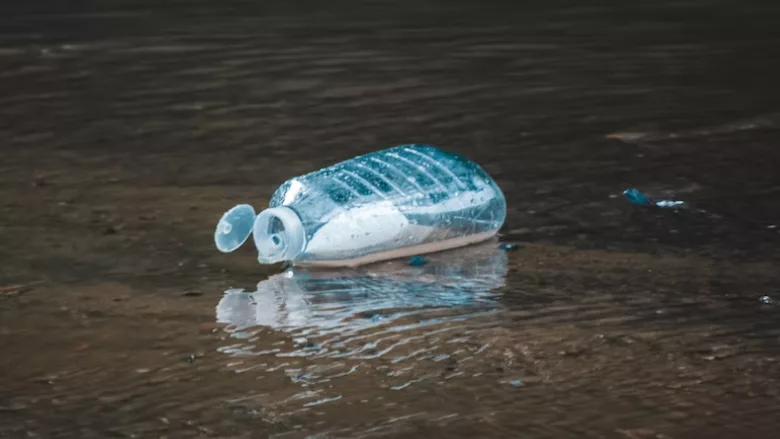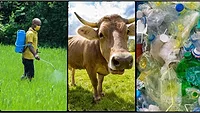Microplastics Encourage Biofilm Formation, Pose Microbial Food Safety Risks

Credit: ahmet hamdi (neyn) via Unsplash
Microplastics and nanoplastics are pervasive contaminants that are known to enter the food chain and pose health hazards to consumers. Recently, a study published in Trends in Food Science & Technology has not only demonstrated the presence of microplastics in human foods, but has also shown that microplastics can encourage the formation of biofilms that harbor pathogens, leading to a number of negative consequences that can ultimately affect human health.
As marine and terrestrial ecosystems are rife with microplatics contamination, the substances are inevitably taken up through the food chain, leading to ingestion being the main route of human exposure to microplastics. For example, a different study conducted in 2022 by researchers at the University of Eastern Finland was able to trace nanoplastics through the food chain using a novel, metallic fingerprint-based technique to detect and measure the particles in organisms. The researchers observed that nanoplastics are taken up through the roots of plants; accumulate in the plants’ leaves which are eaten by insects; and, finally, are detected in the gills, liver, and intestinal tissues of fish that feed on the insects.
Due to the ability of microplastics and nanoplastics to move upward through the food chain and affect humans, concerns also exist around the potential of the substances to act as vehicles for pathogenic bacteria and pose a microbial food safety hazard. In the study published in Trends in Food Science & Technology, researchers reviewed the current evidence on the role of microplastics and nanoplastics in enhancing harmful bacterial traits and transporting them to humans, as well as the simultaneous uptake of microplastics and pathogens in the human gastrointestinal system.
The researchers were able to confirm the ability of microplastics and nanoplastics to persist in the environment, through the food chain, and in the human gut. Furthermore, the researchers identified several possible interactions of microplastics and nanoplastics with foodborne pathogens that may ultimately affect food safety:
- Biofilm formation on microplastics and the adhesion of toxins to such biofilms
- Increased horizontal gene transfer between microbes in the presence of microplastics, reinforcing antimicrobial resistance in pathogens
- Hyperinfectivity and the emergence of novel virulent strains in the presence of microplastics and nanoplastics
- Enhaced microbial growth, virulence, and toxin production in the presence of microplastics and nanoplastics.
The study also identified major knowledge gaps that exist on the mechanisms of microplastics and pathogens in the human gut, as well as the possible health outcomes. The researchers conclude that biofilm-coated microplastics may pose several risks to food safety, but call for further research on microplastics’ effect on microbial virulence and evolution, the attachment of microbial toxins to the particles, and the extent of microplastics’ effect on human health in relation to microbiological contaminants.
Looking for quick answers on food safety topics?
Try Ask FSM, our new smart AI search tool.
Ask FSM →









